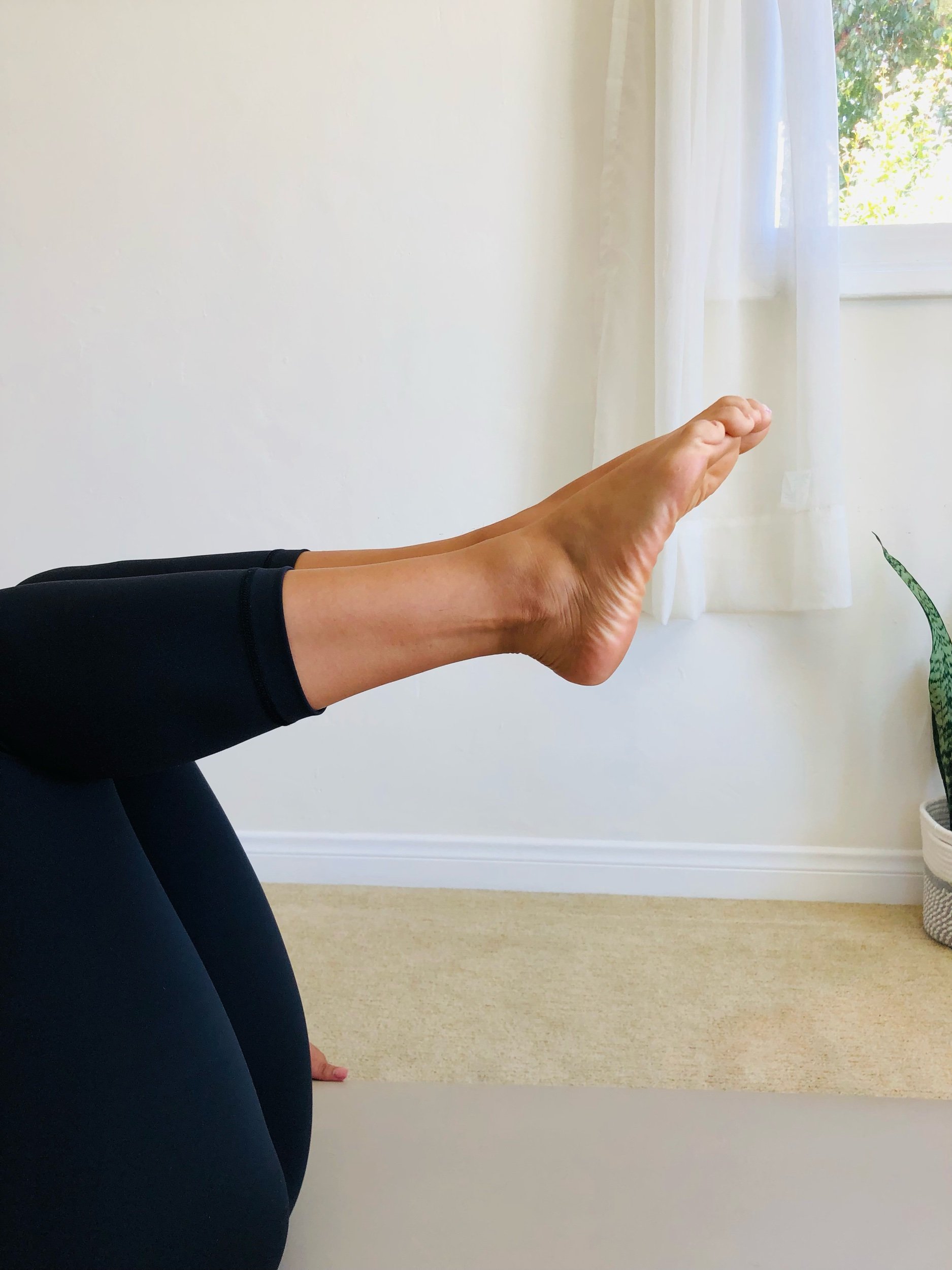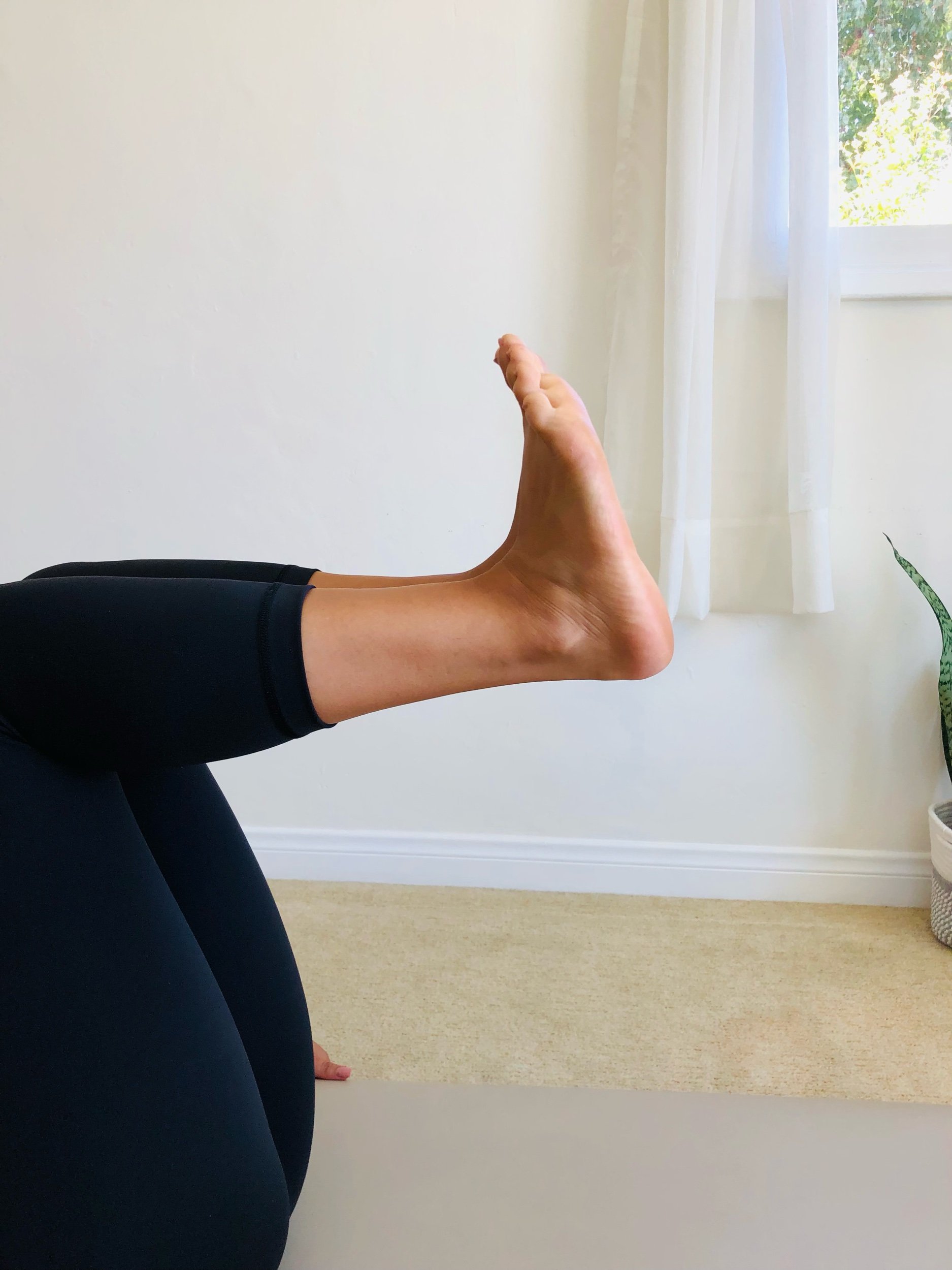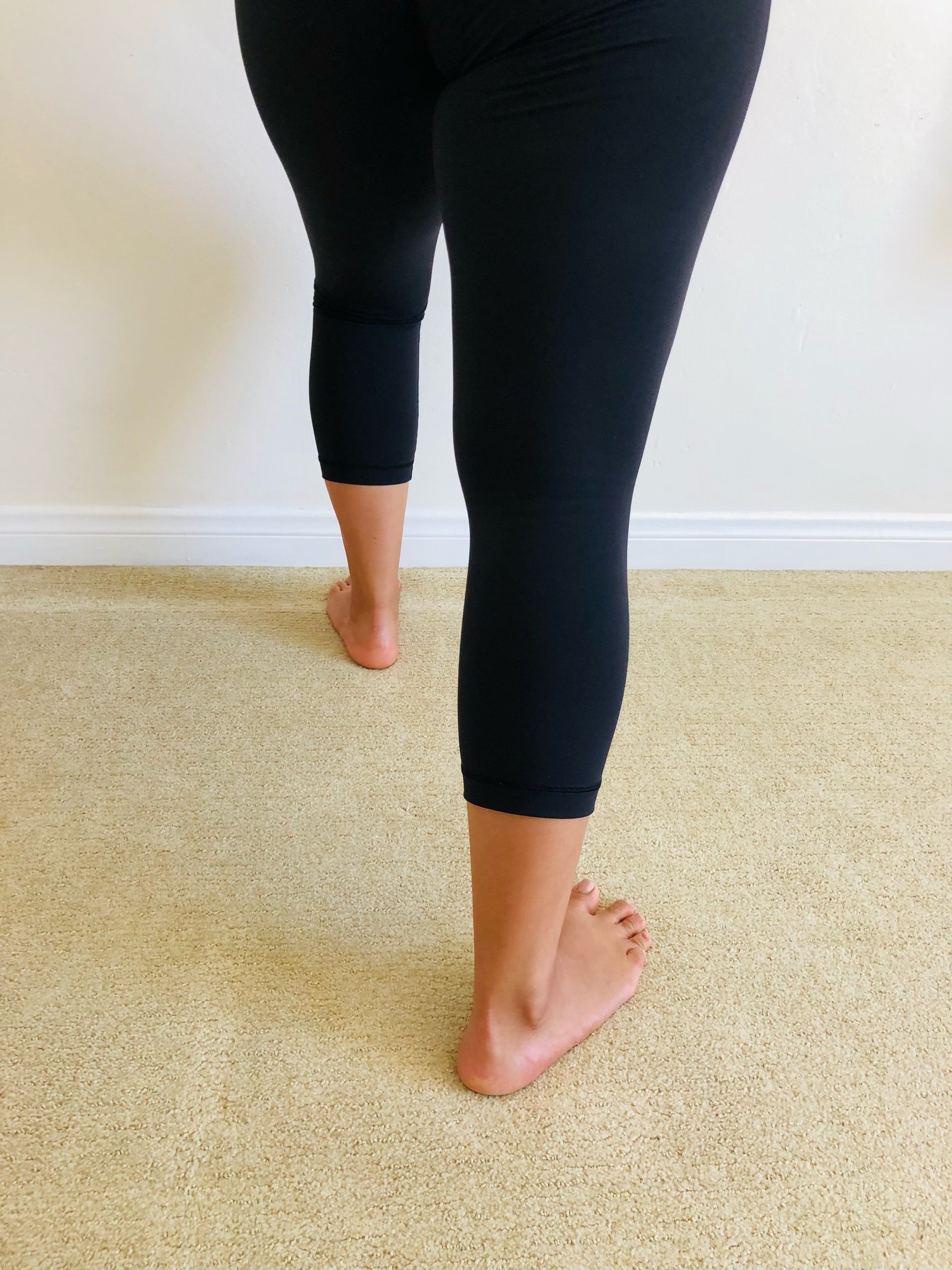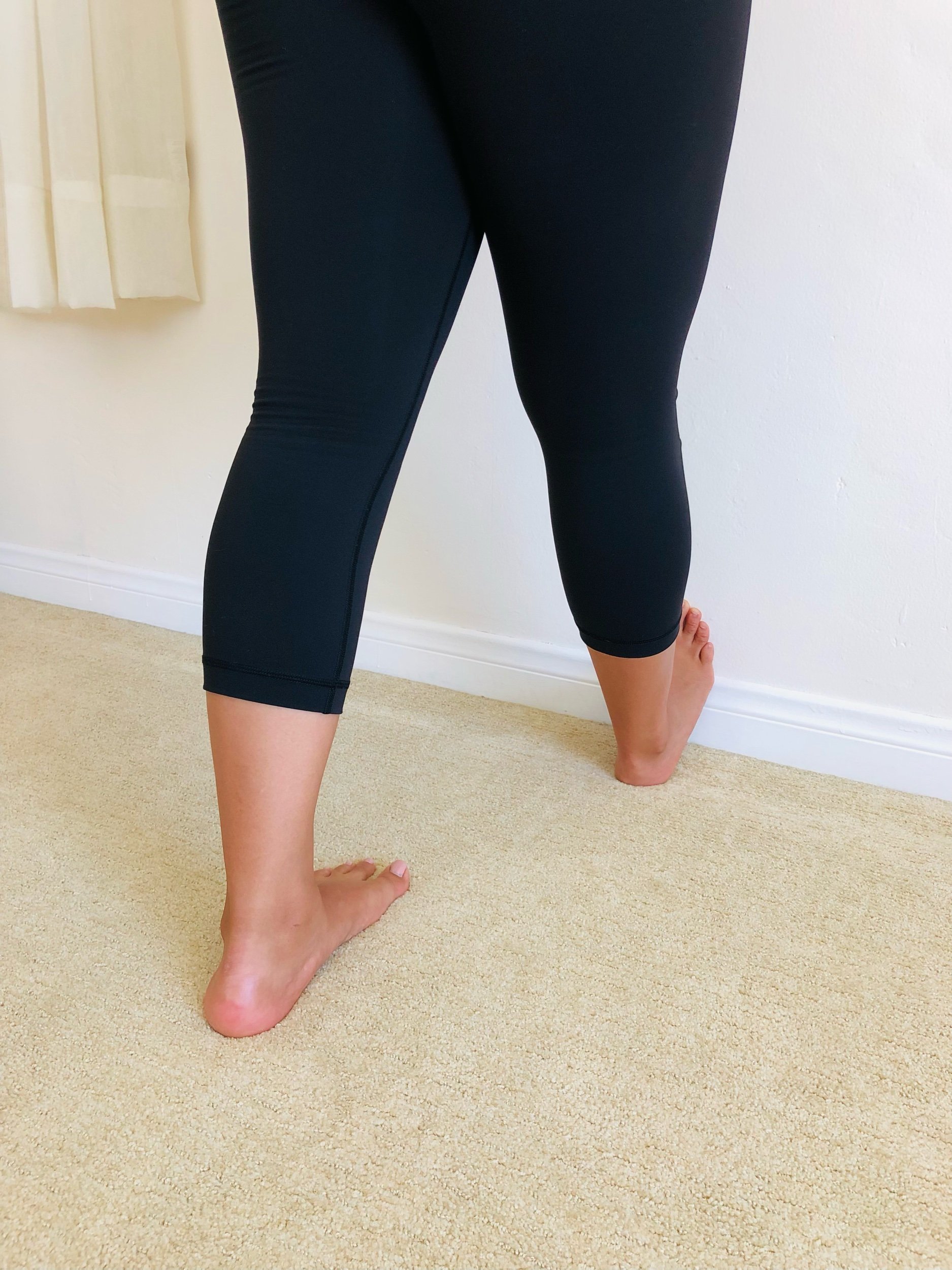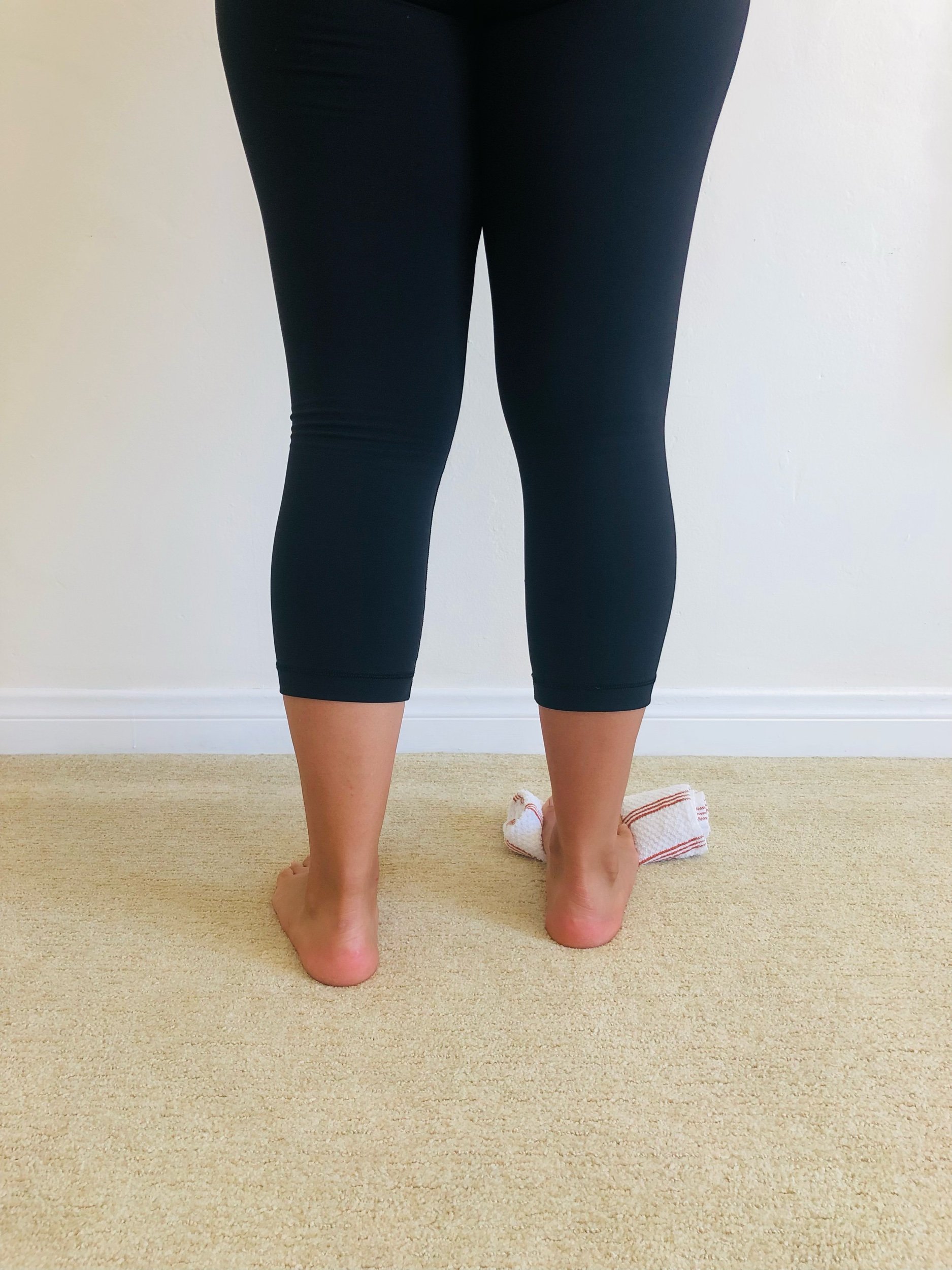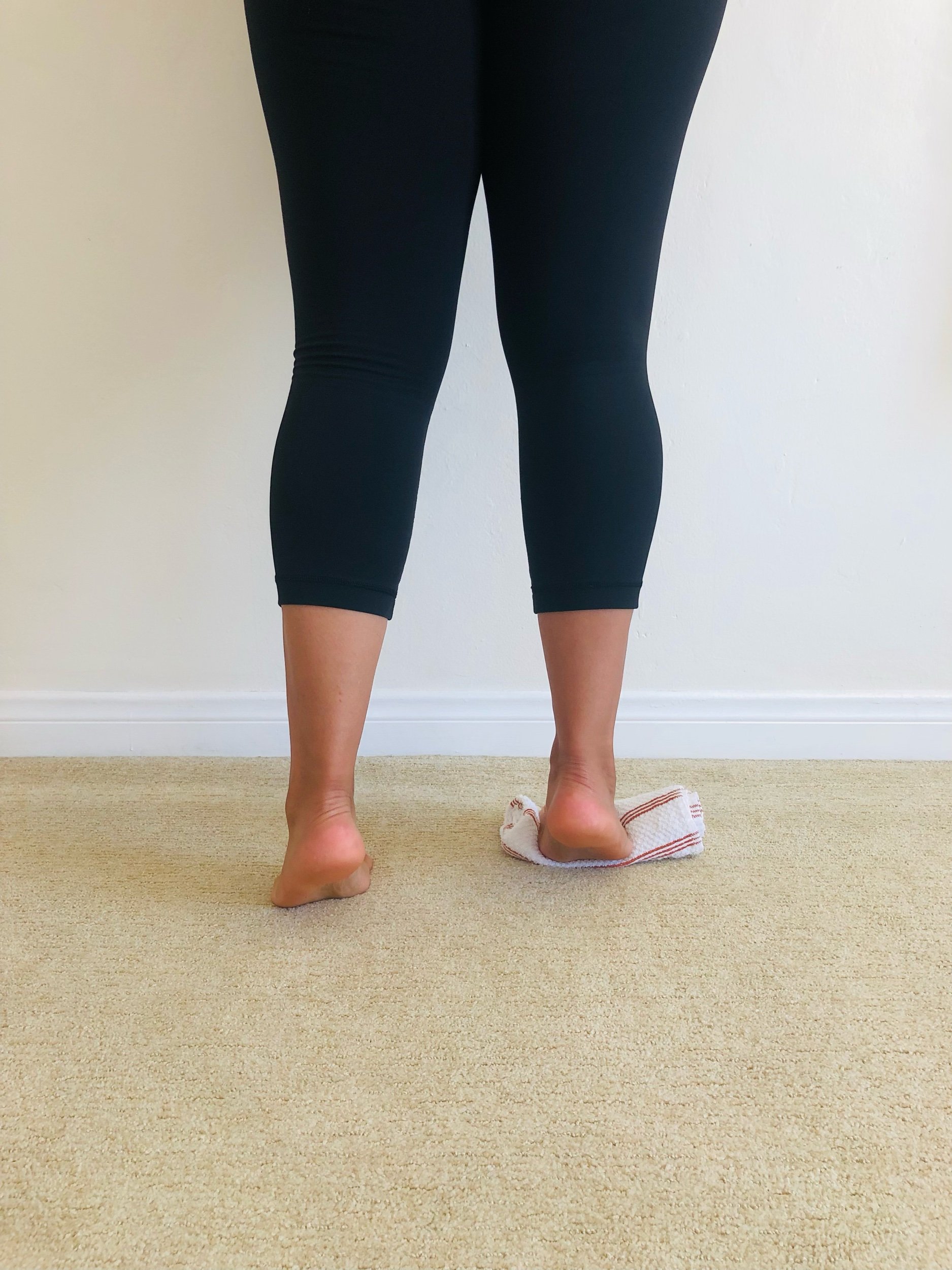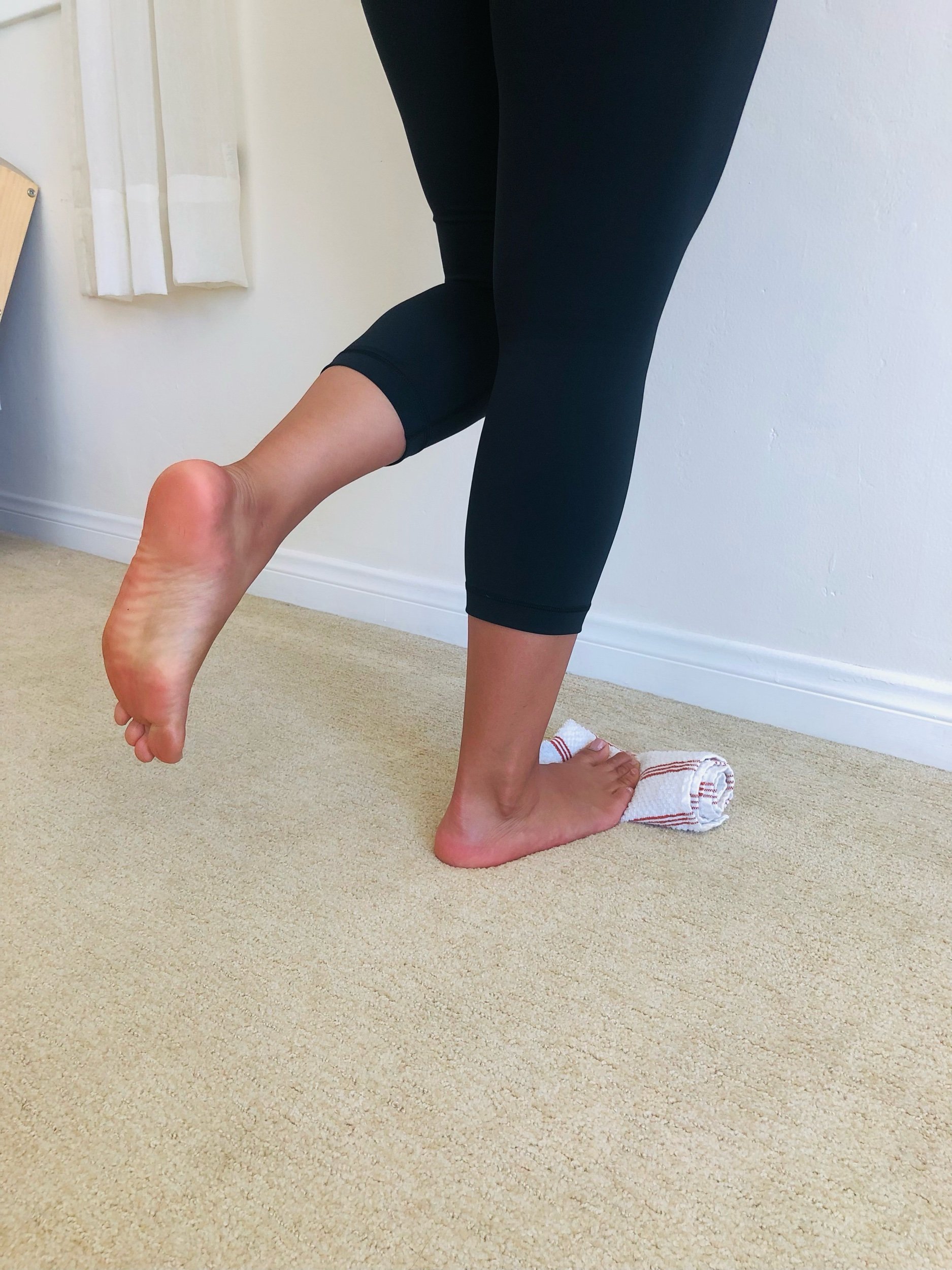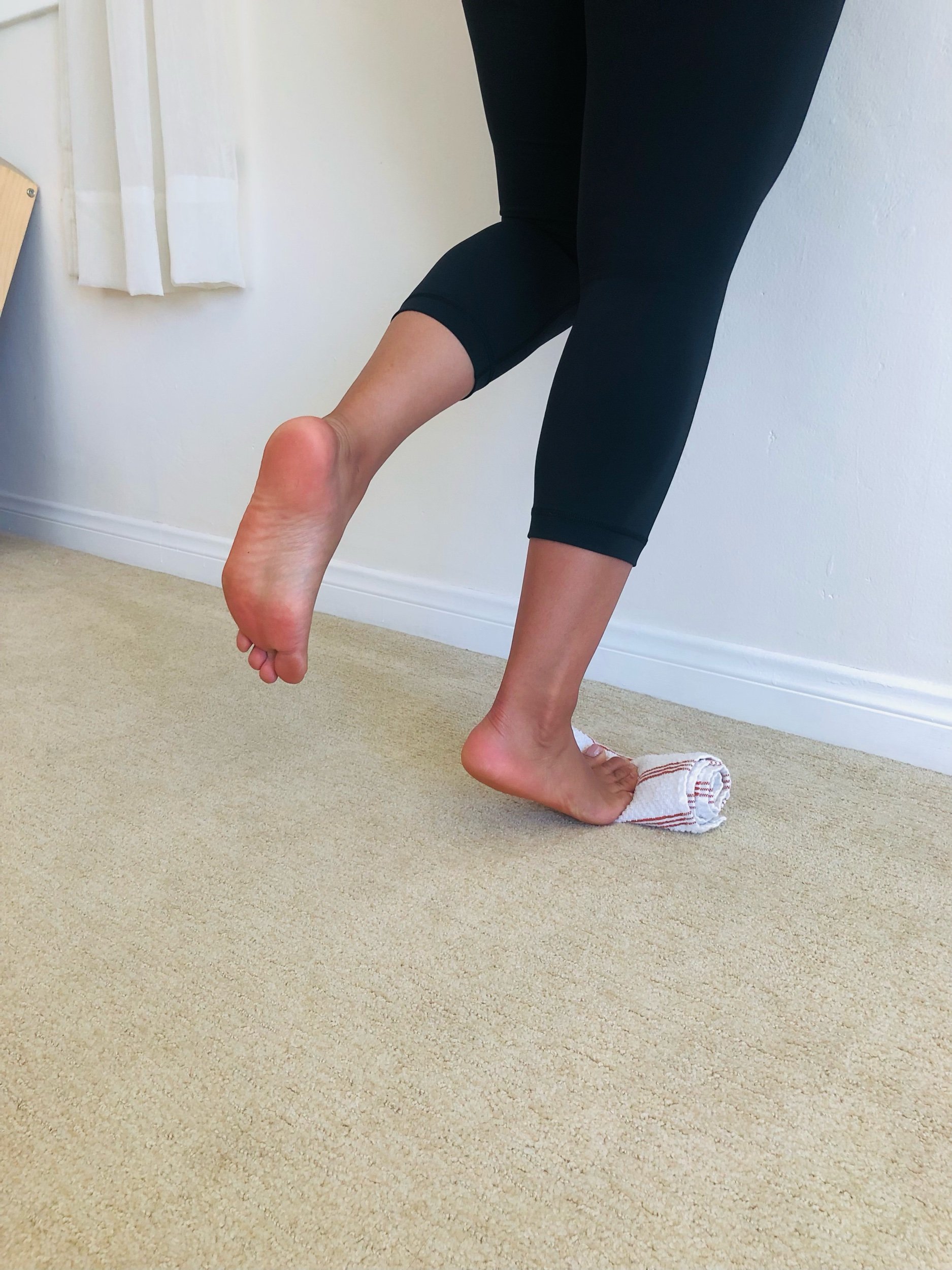What should I do for my Plantar Fasciitis?
Have you ever had foot pain? It's pretty common amongst us runners, after all we are pretty tough on our feet, pounding on them for miles and miles. I was guilty of neglecting them too. In my earlier years I never gave my feet a second thought even though I struggled with foot pain during the track season of my high school years.
It was my sophomore year of track and field season. I remember starting to warm up for my first race of the day when I noticed a pain on the bottom of my foot. Up to this point in my athletic “career” I had broken my wrist and both my ankles (at separate times) from soccer but I had never experienced pain that didn’t come from playing contact sports.
I told my coach about the pain in my foot. He told me it was normal for runners and casually gave me some tape to put on my arch before my race. For years after this moment I didn’t realize that having pain on the bottom of my foot was actually NOT a normal thing. Common for runners, yes, normal for the body no.
It wasn’t until after I had hip surgery years later when the Physical Therapist I was seeing told me that the foot pain I was experiencing was not normal and I had actually been battling plantar fasciitis for years.
What is Plantar Fasciitis?
Plantar fasciitis can be described as pain in the foot in the actual plantar fascia or the plantar aponeurosis. Typically the pain hits first thing in the morning when you wake up. You’ll step out of bed and in the first couple steps, boom, intense pain in the bottom of the arch.
While the plantar fascia resides mostly on the bottom of the plantar surface of the foot, it actually attaches through the bottom of the foot, all the way through the back of the heel and up the posterior calf all the way into your gastrocnemius and soleus complex.
We sleep in what's called a plantar flex position (when our ankle is actually toes pointed down) and that shortens the entire plantar fascial complex. That’s why when you get up in the morning, those first couple steps we actually go through hurt so intensely. We’re putting our foot in the opposite extreme right away!
How to Manage Plantar Fasciitis Symptoms
Stretch the bottom of your foot before getting out of bed. Put your ankle into dorsiflexion or the toes pulling backwards to the shin bone. Lock it into place with one hand and with the other hand stretch your big toe backwards.
2. Wall calf and Soleus stretch. The gastroc and soleus attach all the way on the bottom of our foot so we want to stretch your calf just as much as we want to stretch our plantar fascia.
3. Rolling out the bottom of your foot with a cold water bottle. The biggest game changer for me was actually getting this roller. The grooves on the roller plus the cold felt SO good on my irritated foot.
Plantar Fasciitis typically is irritation or inflammation from the fascia that is not able to handle loads that are placed on it. So whether that means that you are hiking, running or maybe just being more active your plantar fascia is not able to handle it. So those last three exercises are symptom relief exercises to make you feel good. There is nothing wrong with that at all BUT the way to actually fix it and keep it away is training the plantar fascia to strengthen and endure load.
How to strengthen your plantar fascia
To keep plantar fasciitis at bay we have to train it to sustain a high load and/or strain. A common mistake I see is neglecting toe extension while strengthening. Remember that relief stretch we talked about in relief exercise #1? Well now we are going to strengthen in that lengthened/elongated position. In Pilates there are several places where we address this (the reformer footbar, chair pedal, 2x4) but at home all you’ll need is a small towel.
Roll up the towel and place it underneath the front part of your foot under the toes. Hang on to the wall for support and do calf raises. Initially start with one foot on the towel and the second leg off the towel. You’ll want to start with some assisted calf raises first which means that your non towel foot will slightly be helping. Eventually the goal is to lift the other foot up and to have all your weight on the side you're trying to work. It's going to be a 3 second count up and a 3 second count to come down.
If you are someone that struggles with foot pain grab my guide below that walks you through some more simple to follow at home exercises to start strengthening your feet today. Know someone with foot pain? Send them the link to this blog so that they can start relieving their pain. For more exercises on how to strengthen and prevent against plantar fasciitis download my stronger feet guide to start relieving your pain.
